Hi Readers: When you buy a bottle of 80-proof liquor, do you really know what you are getting? Yes, it would be alcohol. Distillers say that in "colonel times", if liquor were put on gunpowder and it burned, that it was "proved" or "proof" that alcohol was really in the liquor. Thus, the formula: 1/2 of 1% of each unit of liquor = the alcohol in it. 1/2 of 1% x 80 proof = 40% alcohol. 100 proof would contain 50% alcohol. Now for an important and appropo topic:
In view of the many airshows across the country and the numerous fires concentrated in one area in California, and the NASA space operations, this is probably a good time to discuss Temporary Flight Restrictions (TFR). Okay, so what is a TFR and why is it so important?
There are many reasons, as given by FAA, for the TFRs: 1. To protect persons and property from an existing or iminent hazard associated with an incident on the surface when the presence of low flying aircraft would magnify, alter, spread or compound that hazard. 2. Provide a safe environment for the operation of disaster relief aircraft. 3. Prevent an unsafe congestion of sightseeing aircraft above an incident or event which may generate a high degree of public interest. 4. Protect declared national disasters for humanitarian reasons in the state of Hawaii. 5. Protect the President, Vice President, or other public figures of the U.S. 6. Provide a safe environment for Space Agency operations. Aerial Demonstrations and major Sporting Events are included in this classification.
You can imagine the importance of the TFR with respect to the California fires, concentrated from San Diego to Santa Barbara and into the most populated areas of Los Angeles, involving air drop operations and movement of firefighters by helicopter. You can see that no other flight activity be allowed during this time, into, around, or out of the area. The visit of the President on Thursday, 10-25-07, to view the area, makes a TFR all the more important.
How are we advised of the TFRs - by Notices To Airmen (NOTAMs) that are issued almost daily. Infact, the NOTAM system was designed to disseminate time-critical aeronautical information of either a temporary nature or not sufficiently known in advance to permit publication on charts or other operational publications.
NOTAM information is aeronautical information that could affect a pilot's decision to make a flight; such as airport or runway closures; changes in the status of navigational aids; ILS's; radar service availability; and other information essential to planned en route, terminal, or landing operations.
NOTAM information is transmitted using standard contractions to reduce transmission time. The information is classified by categories: NOTAM D (distant), NOTAM L (local), and Flight Data Center (FDC), Each of these NOTAM categories are important to the pilot, depending on the nature of the reason for the NOTAM. NOTAMs are a study in themselves, covering many categories and operational complications.
One of the requirements of a proposed flight is checking the appropriate NOTAMs, normally through an automated Flight Service Station (AFSS), a local FSS, or any navigational facility, or perhaps an organization such as AOPA or Others accepting Flight Plan Filings. It is recommended that pilots consult a FSS briefer to discuss recent and current NOTAMs before filing a flight plan.
Thanks for listening. R.S.
Thursday, October 25, 2007
Temporary Flight Restrictions
Labels:
AFSS,
air travel,
Airline pilots,
airlines,
Aviation careers,
cargo,
fires,
Flight Planning,
flying hours,
forecasts,
FSS,
Los Angeles,
Natural Disasters,
Navigation,
NOTAM,
TFR,
The President
Subscribe to:
Post Comments (Atom)

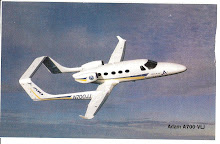




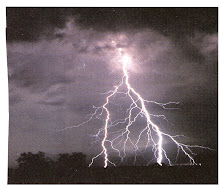

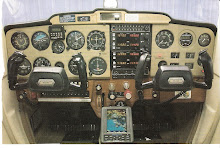
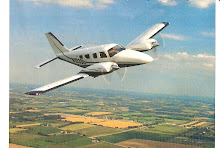
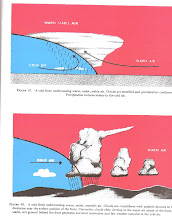
No comments:
Post a Comment